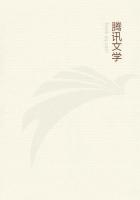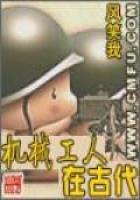I will begin with the Mason-bee of the Pebbles. (This is the same insect as the Mason-bee of the Walls. Cf. "The Mason-bees": passim.--Translator's Note.) The old nests are often used, when they are in good enough repair. Early in the season the mothers quarrel fiercely over them; and, when one of the Bees has taken possession of the coveted dome, she drives any stranger away from it. The old house is far from being a ruin, only it is perforated with as many holes as it once had occupants. The work of restoration is no great matter. The heap of earth due to the destruction of the lid by the outgoing tenant is taken out of the cell and flung away at a distance, atom by atom. The remnants of the cocoon are also thrown away, but not always, for the delicate silken wrapper sometimes adheres closely to the masonry.
The victualling of the renovated cell is now begun. Next comes the laying; and lastly the orifice is sealed with a mortar plug. A second cell is utilized in the same way, followed by a third and so on, one after the other, as long as any remain unoccupied and the mother's ovaries are not exhausted. Finally, the dome receives, mainly over the apertures already plugged, a coat of plaster which makes the nest look like new. If she has not finished her laying, the mother goes in search of other old nests to complete it. Perhaps she does not decide to found a new establishment except when she can find no second-hand dwellings, which mean a great economy of time and labour. In short, among the countless number of nests which I have collected, I find many more ancient than recent ones.
How shall we distinguish one from the other? The outward aspect tells you nothing, owing to the great care taken by the Mason to restore the surface of the old dwelling equal to new. To resist the rigours of the winter, this surface must be impregnable. The mother knows that and therefore repairs the dome. Inside, it is another matter:
the old nest stands revealed at once. There are cells whose provisions, at least a year old, are intact, but dried up or musty, because the egg has never developed. There are others containing a dead larva, reduced by time to a blackened, curled-up cylinder. There are some whence the perfect insect was never able to issue: the Chalicodoma wore herself out in trying to pierce the ceiling of her chamber; her strength failed her and she perished in the attempt.
Others again and very many are occupied by ravagers, Leucopses (Cf.
"The Mason-bees": chapter 11.--Translator's Note.) and Anthrax-flies, who will come out a good deal later, in July. Altogether, the house is far from having every room vacant; there are nearly always a considerable number occupied either by parasites that were still in the egg-stage at the time when the Mason-bee was at work or by damaged provisions, dried grubs or Chalicodomae in the perfect state who have died without being able to effect their deliverance.
Should all the rooms be available, a rare occurrence, there still remains a method of distinguishing between an ancient nest and a recent one. The cocoon, as I have said, adheres pretty closely to the walls; and the mother does not always take away this remnant, either because she is unable to do so, or because she considers the removal unnecessary. Thus the base of the new cocoon is set in the bottom of the old cocoon. This double wrapper points very clearly to two generations, two separate years. I have even found as many as three cocoons fitting one into another at their bases. Consequently, the nests of the Mason-bee of the Pebbles are able to do duty for three years, if not more. Eventually they become utter ruins, abandoned to the Spiders and to various smaller Bees or Wasps, who take up their quarters in the crumbling rooms.
As we see, an old nest is hardly ever capable of containing the Mason-bee's entire laying, which calls for some fifteen apartments.
The number of rooms at her disposal is most unequal, but always very small. It is saying much when there are enough to receive about half the laying. Four or five cells, sometimes two or even one: that is what the Mason usually finds in a nest that is not her own work. This large reduction is explained when we remember the numerous parasites that live upon the unfortunate Bee.
Now, how are the ***es distributed in those layings which are necessarily broken up between one old nest and another? They are distributed in such a way as utterly to upset the idea of an invariable succession first of females and then of males, the idea which occurs to us on examining the new nests. If this rule were a constant one, we should be bound to find in the old domes at one time only females, at another only males, according as the laying was at its first or at its second stage. The simultaneous presence of the two ***es would then correspond with the transition period between one stage and the next and should be very unusual. On the contrary, it is very common; and, however few cells there may be, we always find both females and males in the old nests, on the sole condition that the compartments have the regulation holding-capacity, a large capacity for the females, a lesser for the males, as we have seen.
The old male cells can be recognized by their position on the outer edges and by their capacity, measuring on an average the same as a column of sand 31 millimetres high in a glass tube 5 millimetres wide. (1.21 x .195 inches.--Translator's Note.) These cells contain males of the second or third generation and none but males. In the old female cells, those in the middle, whose capacity is measured by a similar column of sand 45 millimetres high (1.75 inches.--Translator's Note.), are females and none but females.

